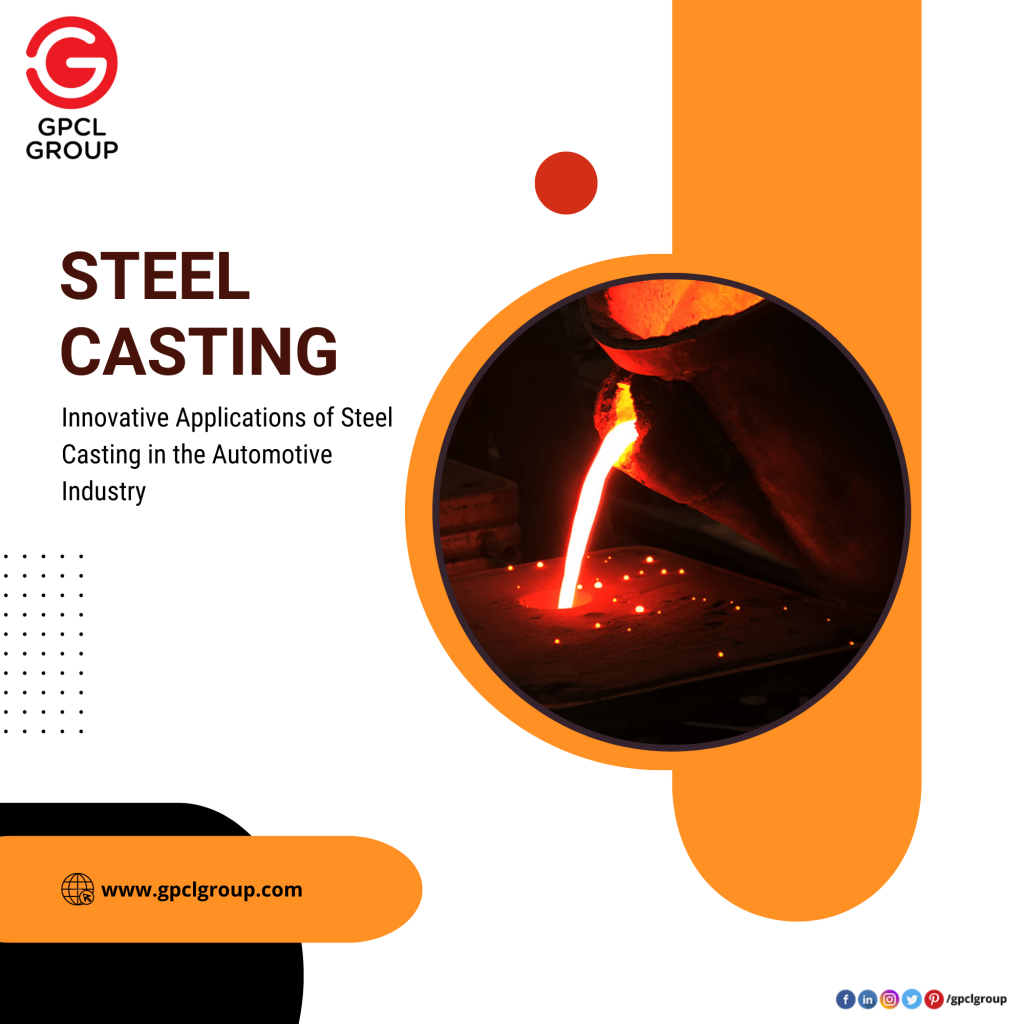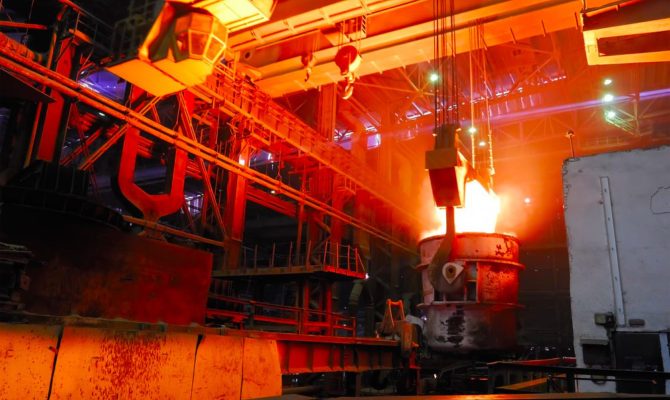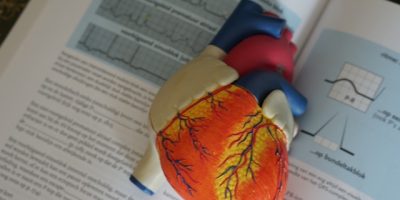The automotive industry is constantly evolving, driven by technological advancements and changing consumer preferences. In this fast-paced environment, manufacturers must innovate and adapt to stay ahead of the competition. One such innovation is the use of steel casting in the production of automotive components.
Steel casting is a manufacturing process that involves pouring molten steel into a mold, allowing it to solidify, and then removing the finished component from the mold. This process provides for producing complex shapes and intricate geometries that cannot be achieved through other manufacturing methods.
Steel casting also offers exceptional strength, durability, and wear resistance, making it an ideal choice for producing high-performance automotive components. This article will explore the innovative applications of steel casting in the automotive industry.
We will examine the benefits of steel casting, the advanced techniques used in the process, and the potential for future applications. We will also discuss the importance of sustainable manufacturing practices in the automotive industry and how steel casting can contribute to this goal.
Whether you are an automotive enthusiast, a manufacturing professional, or simply interested in the latest advancements in technology, this article will provide valuable insights into the innovative applications of steel casting in the automotive industry.

Innovative Applications of Steel Casting in the Automotive Industry
Let us now explore these applications as below:
1. Engine Blocks:
- The engine is the heart of any vehicle, and its performance largely depends on the quality of its components. Engine blocks made of steel casting have been used for many years due to their superior strength and durability.
- Modern steel casting techniques have allowed manufacturers to produce engine blocks with complex geometries that optimize engine performance and fuel efficiency.
2. Suspension Components:
- A vehicle’s suspension system is responsible for maintaining contact between the wheels and the road. The suspension components, such as control arms, knuckles, and spindles, are subjected to high loads and stresses.
- Steel casting offers the necessary strength and durability to withstand these conditions, making it an ideal choice for producing suspension components.
3. Transmission Housings
- The transmission is another critical component in a vehicle that requires high-quality materials for its construction. Steel casting has been used to produce transmission housings, which encase the gears and other internal components.
- Steel casting allows for the production of complex shapes that optimize the transmission’s performance and minimize its weight.
4. Braking Systems
- Braking systems are essential for vehicle safety, and their components must be reliable and durable. Steel casting has produced brake calipers, rotors, and drums, which can withstand high temperatures and stresses.
- Steel casting allows for the creation of components with intricate geometries that optimize the braking system’s performance.
5. Exhaust Systems:
- Exhaust systems are responsible for expelling the combustion gases produced by the engine. Steel casting has been used to make exhaust manifolds and headers subjected to high temperatures and corrosive gases.
- Steel casting offers the necessary strength and resistance to corrosion to withstand these conditions.
6. Electric Vehicle Components:
- With the rise of electric vehicles, new steel casting applications have emerged. Steel casting has been used to produce electric vehicle components such as motor housings, battery enclosures, and charging connectors.
- These components require high strength and durability to withstand the battery’s weight and the electric motor’s stresses. Steel casting provides the necessary properties to ensure the safety and performance of these components.
7. Future Applications:
- As the automotive industry continues to evolve, new steel casting applications will emerge. Steel casting can potentially be used in the production of autonomous vehicle components, lightweight materials, and advanced safety features.
- The versatility and durability of steel casting make it a promising technology for the future of automotive manufacturing.
Conclusion:
Steel casting has been a vital manufacturing process in the automotive industry for many years. Its versatility, reliability, and durability have allowed for producing high-quality components that optimize vehicle performance and safety.
With the constant evolution of the automotive industry, new and innovative steel casting applications have emerged, making it an essential process for the future of automotive manufacturing.
Also Read: Los Angeles Top Trademark Lawyer: Three Decades of Success














Comments